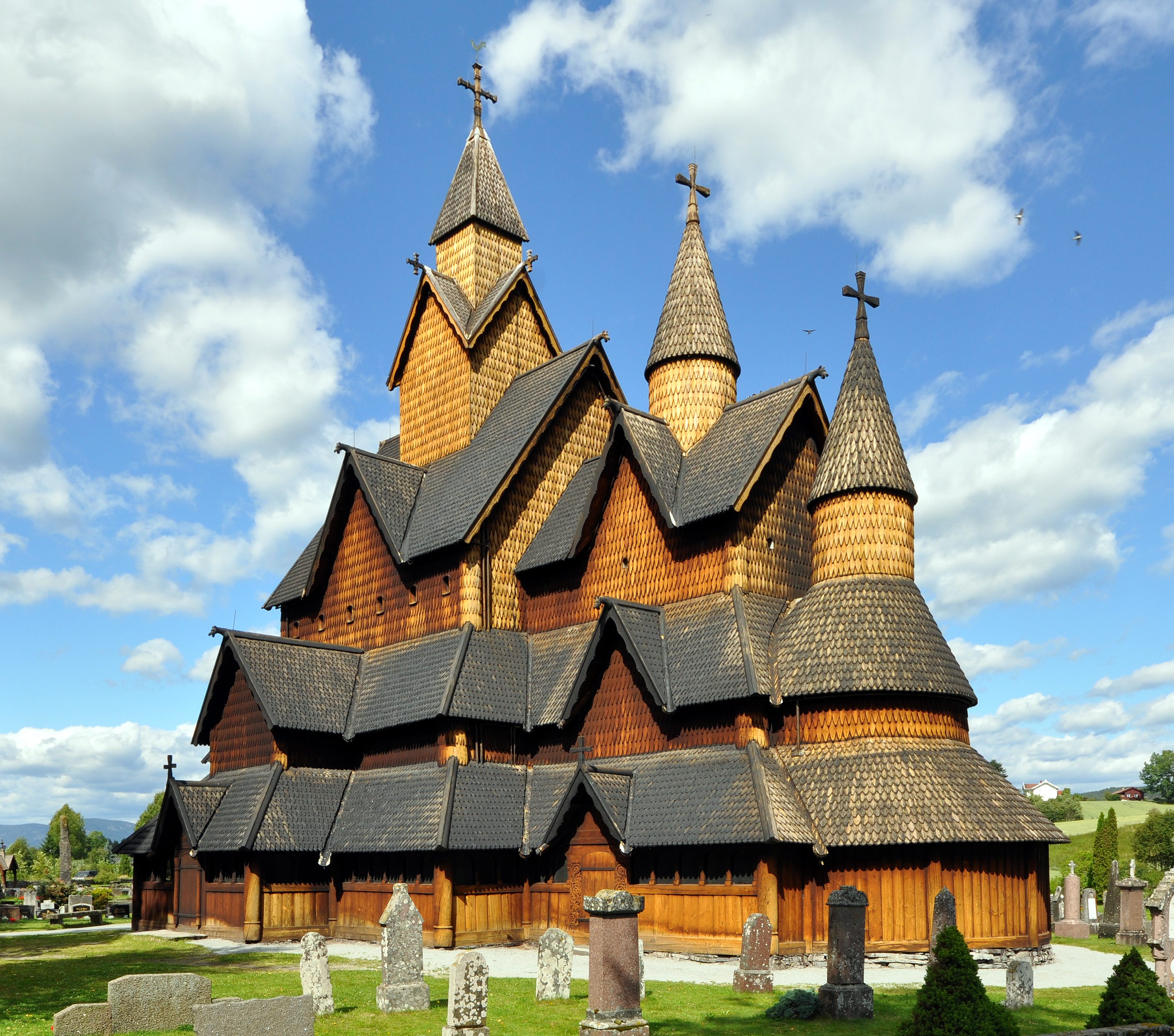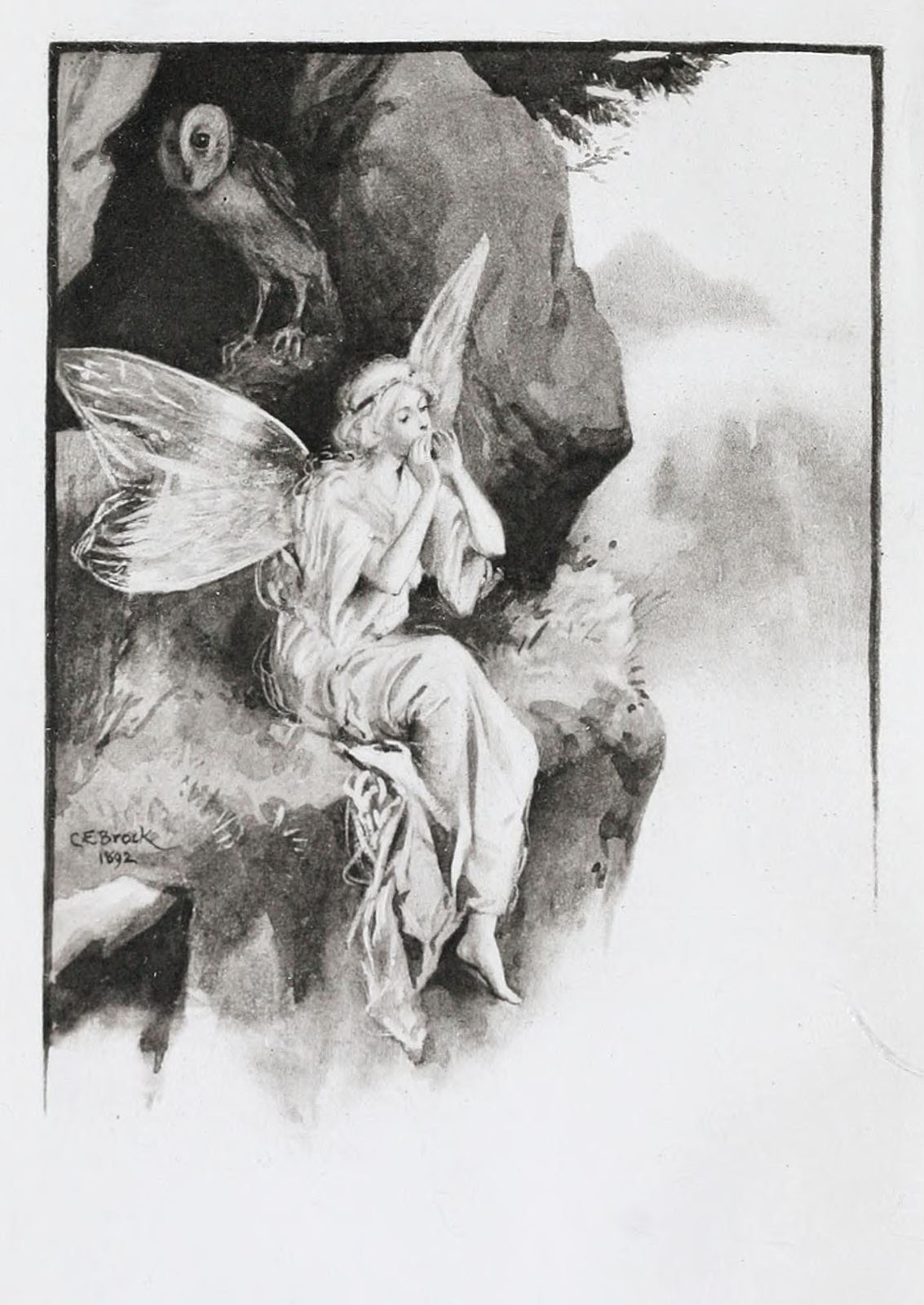|
Bøyg
The Bøyg (, ), also referred to as the "Great Bøyg of Etnedal" is a legendary gnome-like creature in Scandinavian folklore. It is a great troll from Telemark and Gudbrandsdalen. It is commonly characterized as a giant, slimy serpent which stands as a hindrance to travellers. The name means 'bend', 'twist' or 'curve'. It appears in the fairy-tale of Per Gynt, the basis for Henrik Ibsen's play ''Peer Gynt ''Peer Gynt'' (, ) is a five-Act (drama), act play in verse written in 1867 by the Norwegian dramatist Henrik Ibsen. It is one of Ibsen's best known and most widely performed plays. ''Peer Gynt'' chronicles the journey of its title character fr ...''. References {{DEFAULTSORT:Boyg Fairy tale stock characters Scandinavian legendary creatures Legendary serpents Scandinavian folklore ... [...More Info...] [...Related Items...] OR: [Wikipedia] [Google] [Baidu] |
Peer Gynt
''Peer Gynt'' (, ) is a five-Act (drama), act play in verse written in 1867 by the Norwegian dramatist Henrik Ibsen. It is one of Ibsen's best known and most widely performed plays. ''Peer Gynt'' chronicles the journey of its title character from the Norwegian mountains to the North African desert and back. According to Klaus Van Den Berg, "its origins are Romanticism, Romantic, but the play also anticipates the fragmentations of emerging modernism" and the "cinematic script blends poetry with social satire and realistic scenes with Surrealism, surreal ones."Klaus Van Den Berg, "Peer Gynt" (review), ''Theatre Journal'' 58.4 (2006) 684–687 ''Peer Gynt'' has also been described as the story of a life based on procrastination and avoidance. Ibsen wrote ''Peer Gynt'' in deliberate disregard of the limitations that the conventional stagecraft of the Nineteenth-century theatre, 19th century imposed on drama. Its forty scenes move uninhibitedly in time and space and between conscious ... [...More Info...] [...Related Items...] OR: [Wikipedia] [Google] [Baidu] |
Henrik Ibsen
Henrik Johan Ibsen (; ; 20 March 1828 – 23 May 1906) was a Norwegian playwright, poet and actor. Ibsen is considered the world's pre-eminent dramatist of the 19th century and is often referred to as "the father of modern drama." He pioneered theatrical realism, but also wrote lyrical epic works. His major works include ''Brand'', ''Peer Gynt'', '' Emperor and Galilean'', '' A Doll's House'', '' Ghosts'', '' An Enemy of the People'', '' The Wild Duck'', '' Rosmersholm'', '' Hedda Gabler'', '' The Master Builder'', and '' When We Dead Awaken''. Ibsen is the most frequently performed dramatist in the world after Shakespeare, and ''A Doll's House'' was the world's most performed play in 2006. Ibsen was born into the merchant elite of the port town of Skien, and had strong family ties to the families who had held power and wealth in Telemark since the mid-1500s. Both his parents belonged socially or biologically to the Paus family of Rising and Altenburggården—the extende ... [...More Info...] [...Related Items...] OR: [Wikipedia] [Google] [Baidu] |
Per Gynt
Per Gynt (, ) is a Scandinavian folklore, Norwegian fairy-tale which originated in the Districts of Norway, traditional region of Gudbrandsdal. The story of Per Gynt is set in the Districts of Norway, historic district of Gudbrandsdal in Norway. Per Gynt's home in the folklore is traditionally claimed to have been Nordre Hågå farm in Sødorp parish at Nord-Fron in the county of Oppland. The tales encompass the themes of identity, relationships and personal stories from a lonely hunter. The folk tale tells of the eponymous Per Gynt and his various exploits. He rescues three dairy-maids from trolls and shoots the Bøyg, a troll which takes the form of a gigantic serpent and stands as a hindrance to travellers. The fairy-tale was recorded by Peter Christen Asbjørnsen in ''Norwegian Folktales'' (''Norske Huldre-Eventyr og Folkesagn'') which was first published in 1845. Asbjørnsen included the stories about Per Gynt into the section "Reindeer Hunting at Rondane" (''Rensdyrja ... [...More Info...] [...Related Items...] OR: [Wikipedia] [Google] [Baidu] |
Etnedal
Etnedal is a municipality in Innlandet county, Norway. It is located in the traditional district of Valdres. The administrative centre of the municipality is the village of Bruflat. The municipality is the 216th largest by area out of the 356 municipalities in Norway. Etnedal is the 315th most populous municipality in Norway with a population of 1,239. The municipality's population density is and its population has decreased by 11.4% over the previous 10-year period. General information Etnedal was created as a new municipality on 1 January 1894 by merging the eastern valley area of ''Nordre Etnedal'' (population: 362) from the neighboring Nordre Aurdal municipality and the ''Søndre Etnedal'' area (population: 1,331) from the neighboring municipality of Søndre Aurdal. On 1 January 1979, there was a border adjustment in an unpopulated area where part of Etnedal was transferred to Nord-Aurdal and another part of Nord-Aurdal that was transferred to Etnedal. Name The munic ... [...More Info...] [...Related Items...] OR: [Wikipedia] [Google] [Baidu] |
Scandinavian Folklore
Nordic folklore is the folklore of Denmark, Norway, Sweden, Iceland and the Faroe Islands. It has common roots with, and has been under mutual influence with, folklore in England, Germany, the Low Countries, the Baltic countries, Finland and Sápmi. Folklore is a concept encompassing expressive traditions of a particular culture or group. The peoples of Scandinavia are heterogenous, as are the oral genres and material culture that has been common in their lands. However, there are some commonalities across Scandinavian folkloric traditions, among them a common ground in elements from Norse mythology as well as Christian conceptions of the world. Among the many tales common in Scandinavian oral traditions, some have become known beyond Scandinavian borders – examples include The Three Billy Goats Gruff and The Giant Who Had No Heart in His Body. Legends * Tróndur was a powerful Viking chieftain who lived in the Faroe Islands during the 9th century. According to legend, T ... [...More Info...] [...Related Items...] OR: [Wikipedia] [Google] [Baidu] |
Troll
A troll is a being in Nordic folklore, including Norse mythology. In Old Norse sources, beings described as trolls dwell in isolated areas of rocks, mountains, or caves, live together in small family units, and are rarely helpful to human beings. In later Scandinavian folklore, trolls became beings in their own right, where they live far from human habitation, are not Christianized, and are considered dangerous to human beings. Depending on the source, their appearance varies greatly; trolls may be ugly and slow-witted, or look and behave exactly like human beings, with no particularly grotesque characteristic about them. In Scandinavian folklore, trolls are sometimes associated with particular landmarks (sometimes said to have been formed by a troll having been exposed to sunlight). Trolls are depicted in a variety of media in modern popular culture. Etymology The Old Norse nouns ''troll'' and ''trǫll'' (variously meaning "fiend, demon, werewolf, jötunn") and Middle High ... [...More Info...] [...Related Items...] OR: [Wikipedia] [Google] [Baidu] |
Telemark
Telemark () is a Counties of Norway, county and a current electoral district in Norway. Telemark borders the counties of Vestfold, Buskerud, Vestland, Rogaland and Agder. In 2020, Telemark merged with the county of Vestfold to form the county of Vestfold og Telemark. On 1 January 2024, the county of Telemark was re-established after Vestfold og Telemark was divided again. The name ''Telemark'' means the "March (territorial entity), mark of the Thelir", the ancient North Germanic peoples, North Germanic tribe that inhabited what is now known as Upper Telemark in the Migration Period and the Viking Age. In the Middle Ages, the agricultural society of Upper Telemark was considered the most violent region of Norway. Today, half of the buildings from medieval times in Norway are located here. The dialects spoken in Upper Telemark also retain more elements of Old Norse than those spoken elsewhere in the country. Upper Telemark is also known as the birthplace of skiing. The southern ... [...More Info...] [...Related Items...] OR: [Wikipedia] [Google] [Baidu] |
Gudbrandsdalen
Gudbrandsdalen (; ) is a valley and Districts of Norway, traditional district in the Norway, Norwegian county of Innlandet (formerly Oppland). The valley is oriented in a north-westerly direction from Lillehammer (town), Lillehammer and the lake of Mjøsa, extending toward the Romsdalen valley. The river Gudbrandsdalslågen (Lågen) flows through the valley, starting from the lake Lesjaskogsvatnet and ending at the lake Mjøsa. The Otta (river), Otta river which flows through Otta valley is a major tributary to the main river Lågen. The valleys of the tributary rivers such as Ottadalen, Otta and Gausa (Gausdal) are usually regarded as part of Gudbrandsdalen. The total area of the valley is calculated from the areas of the related Municipalities of Norway, municipalities. Gudbrandsdalen is the main valley in a web of smaller valleys. On the western (right hand) side there are long adjacent valleys: Ottadalen stretches from Otta village, Gausdal some from Lillehammer and Heidal s ... [...More Info...] [...Related Items...] OR: [Wikipedia] [Google] [Baidu] |
Fairy Tale Stock Characters
A fairy (also called fay, fae, fae folk, fey, fair folk, or faerie) is a type of mythical being or legendary creature, generally described as anthropomorphic, found in the folklore of multiple European cultures (including Celtic, Slavic, Germanic, and French folklore), a form of spirit, often with metaphysical, supernatural, or preternatural qualities. Myths and stories about fairies do not have a single origin but are rather a collection of folk beliefs from disparate sources. Various folk theories about the origins of fairies include casting them as either demoted angels or demons in a Christian tradition, as deities in Pagan belief systems, as spirits of the dead, as prehistoric precursors to humans, or as spirits of nature. The label of ''fairy'' has at times applied only to specific magical creatures with human appearance, magical powers, and a penchant for trickery. At other times, it has been used to describe any magical creature, such as goblins and gnomes. ''Fai ... [...More Info...] [...Related Items...] OR: [Wikipedia] [Google] [Baidu] |
Scandinavian Legendary Creatures
A Scandinavian is a resident of Scandinavia or maybe something associated with the region, including: Culture * Scandinavianism, political and cultural movement * Scandinavian design, a design movement of the 1950s * Scandinavian folklore * Scandinavian languages, a common alternative term for North Germanic languages * Scandinavian literature, literature in the language of the Nordic Countries * Scandinavian mythology People * Scandinavian Americans, in the United States * Scandinavians or North Germanic peoples, the most common name for modern North Germanic peoples * Scandinavians, any citizen of the countries of Scandinavia * Scandinavians, ethnic groups originating in Scandinavia, irrespective of ethnolinguistic affiliation Places * Scandinavian Mountains, a mountain range on the Scandinavian peninsula * Scandinavian Peninsula, a geographic region of northern Europe Ships * SS Scandinavian, a ship Other * Scandinavian Airlines (SAS), an aviation corporation * Scandinavian ... [...More Info...] [...Related Items...] OR: [Wikipedia] [Google] [Baidu] |
Legendary Serpents
Legendary may refer to: * Legend, a folklore genre * Legendary (hagiography) * J. R. R. Tolkien's legendarium Film and television * ''Legendary'' (2010 film), a 2010 American sports drama film * ''Legendary'' (2013 film), a 2013 film featuring Dolph Lundgren * ''Legendary'' (TV series), a 2020 American reality competition series * "Legendary" (''Legends of Tomorrow''), a television episode Music Albums * ''Legendary'' (AZ album), 2009 * ''Legendary'' (The Summer Set album) or the title song, 2013 * ''Legendary'' (TQ album) or the title song, 2013 * ''Legendary'' (Tyga album) or the title song, 2019 * ''Legendary'' (Z-Ro album), 2016 * ''Legendary'' (Zao album), 2003 * ''Legendary'', by Kaysha, 2006 * '' The Legendary'', an EP by the Roots, 1999 Songs * "Legendary" (Deadmau5 and Shotty Horroh song), 2017 * "Legendary" (Welshly Arms song), 2016 * "Legendary", by Alaska Thunderfuck from '' Anus'', 2015 * "Legendary", by Daya from '' Daya'', 2015 * "Legendary", by ... [...More Info...] [...Related Items...] OR: [Wikipedia] [Google] [Baidu] |






